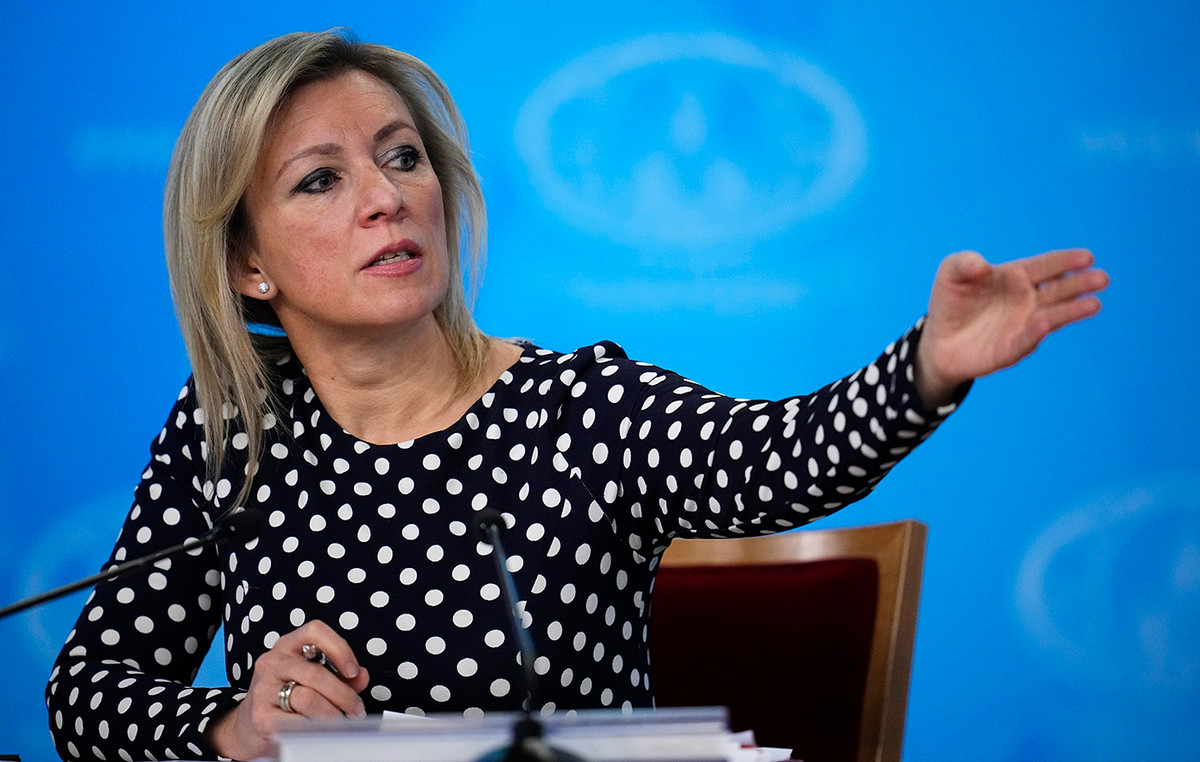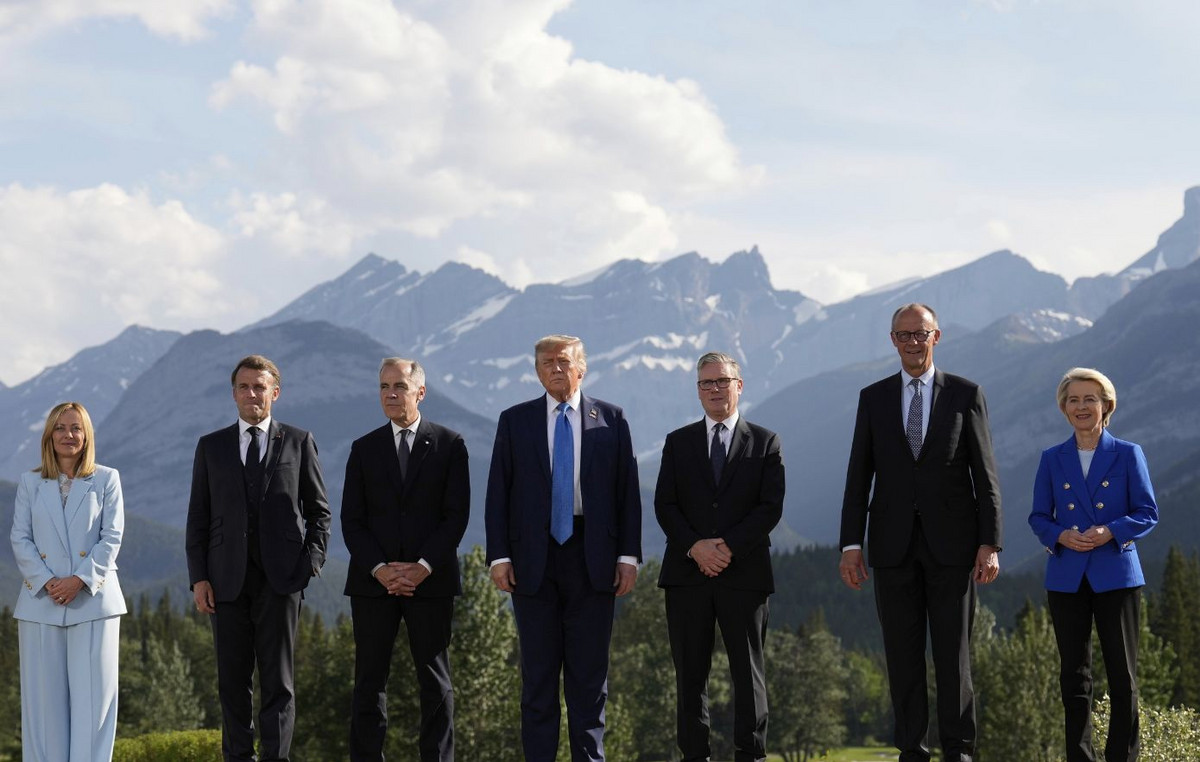- The sterling pound is laterally traded around 1,2950 against the US dollar while investors evaluate the consequences of the tariff policies of US President Trump.
- The US IPC inflation is cooled more than expected in February, US IPP data is observed.
- The BOE is expected to keep the stable interest rates next week.
The sterling pound (GBP) remains laterally around 1,2950 against the US dollar (USD) on Thursday after registering a new maximum of four months about 1,2990 the previous day. The GBP/USD torque is consolidated while the US dollar stabilizes after having fallen for two weeks, while investors weigh the consequences of the tariff agenda of the president of the United States, Donald Trump, on the inflationary pressures in cooling and economic growth of the United States About 103.65, a little higher than a minimum of more than four months of 103.20 reached on Tuesday.
On Wednesday, President Trump threatened to announce retaliation tariffs to the European Union (EU) after the 27 nations block warned that it would impose contraorence to goods imported from USA for a value of 26 billion euros (EUR). The shared continent promised to impose surcharges to the USA since Trump’s decision to impose 25% tariffs on steel and aluminum imports worldwide entered into force.
The fears of a possible commercial war between the EU and the US have offered a temporary relief to the US dollar. However, it is expected that US consumer price index (CPI) for February, weaker than expected, keep the dollar’s bullish potential limited. The US CPI report showed on Wednesday that general and underlying inflation slowed down at a faster rate than expected, reaching 2.8% and 3.1%, respectively. This scenario is unfavorable for the US dollar, since the cooling of price pressures drives moderate bets on the Federal Reserve (Fed).
To obtain more clues about inflation, investors will focus on US Production Price Index (IPP) data for February, which will be published at 12:30 GMT. Economists hope that the general IPP has increased by 3.3% year -on -year, slower than the 3.5% increase in January. In the same period, the underlying IPP is expected to exclude volatile food and energy prices, constantly grow 3.6%.
What moves the market today: the pound sterling quotes with caution in the middle of a bleak market environment
- The sterling pound is careful since Donald Trump’s tariff measures have decreased the attractiveness of risk -sensitive assets. Market participants expect Trump’s “America first” policies to lead to high inflation and global economic slowdown. This has increased the demand for safe refuge assets.
- At the national level, investors expect the monthly data of the Gross Domestic Product (GDP) of the United Kingdom (UK) and January factories data, which will be published on Friday. Investors will pay special attention to GDP data from the United Kingdom, since those responsible for the policy of the Bank of England (BOE) are concerned about economic perspectives.
- At the February policy meeting, the BOE reviewed the GDP forecast for the year to 0.75%, reduced from 1.5% projected in November. In addition, the member of the Monetary Policy Committee (MPC) of the BOE, Catherine Mann, favored a cut of interest rates greater than usual of 50 basic points (PB) in the midst of concerns about the growth prospects.
- The economy of the United Kingdom is expected to have grown at a moderate rate of 0.1%, compared to the economic expansion of 0.4% observed in December. It is estimated that the monthly data of factories have decreased in the first month of 2025.
- Looking ahead, the next important trigger for the British currency will be the monetary policy decision of the Bank of England (BOE), which will be announced next week. The BOE is expected to maintain stable interest rates at 4.5%, since most officials have guided a “gradual and cautious” policy relaxation approach. At the February meeting, the BOE reduced interest rates in 25 bp.
Technical Analysis: The pound sterling sees more bullish potential above 1.3000
The sterling pound is firmly traded by the maximum of four months around the psychological level of 1.3000 against the US dollar on Thursday. The long -term perspective of the GBP/USD torque has become bullish since it remains above the 200 -day exponential mobile (EMA) average, which is around 1,2697.
The 14 -day relative force (RSI) index remains above 60.00, indicating a strong bullish impulse.
Looking down, the 50% fibonacci setback in 1,2767 and the 38.2% fibonacci setback in 1,2608 will act as key support areas for the torque. On the positive side, the maximum of October 15, 1,3100 will act as a key resistance zone.
LIBRA ESTERLINA FAQS
The sterling pound (GBP) is the oldest currency in the world (886 AD) and the official currency of the United Kingdom. It is the fourth most commercialized currency exchange unit (FX) in the world, representing 12% of all transactions, with an average of $ 630 billion a day, according to data from 2022. Its key commercial peers are GBP/USD, which represents 11% of FX, GBP/JPY (3%) and EUR/GBP (2%). The sterling pound is issued by the Bank of England (BOE).
The most important factor that influences the value of sterling pound is the monetary policy decided by the Bank of England. The Bank of England bases its decisions itself has achieved its main objective of “price stability”: a constant inflation rate of around 2%. Its main tool to achieve this is the adjustment of interest rates. When inflation is too high, the Bank of England will try to control it by raising interest rates, which makes access to credit for people and companies more expensive. This is generally positive for sterling pound, since higher interest rates make the United Kingdom a more attractive place for global investors to invest their money. When inflation falls too much it is a sign that economic growth is slowing down. In this scenario, the Bank of England will consider lowering interest rates to reduce credit, so that companies will borrow more to invest in projects that generate growth.
Published data measure the health of the economy and can affect the value of sterling pound. Indicators such as GDP, manufacturing and services PMI and employment can influence the direction of the sterling pound.
Another important fact that is published and affects the pound sterling is the commercial balance. This indicator measures the difference between what a country earns with its exports and what you spend on imports during a given period. If a country produces highly demanded export products, its currency will benefit exclusively from the additional demand created by foreign buyers seeking to buy those goods. Therefore, a positive net trade balance strengthens a currency and vice versa in the case of a negative balance
Source: Fx Street
I am Joshua Winder, a senior-level journalist and editor at World Stock Market. I specialize in covering news related to the stock market and economic trends. With more than 8 years of experience in this field, I have become an expert in financial reporting.








